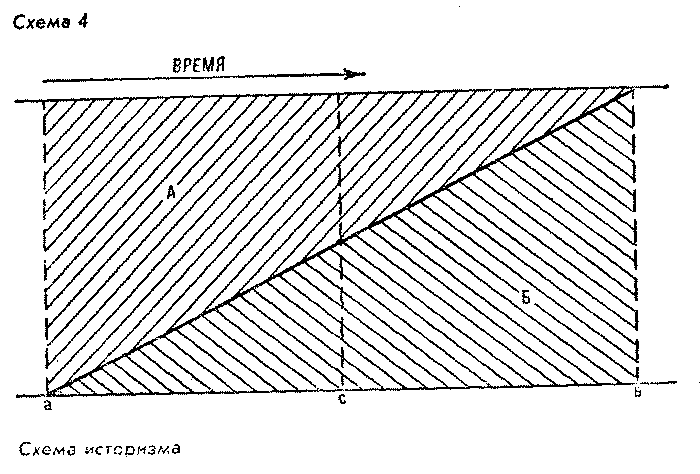
377 Psihologicheskih Voprosov Mvd
• Abstract Most writers, if they live long enough, accumulate a personal archive of unfinished projects and unpublished works. The original version of this article, written twenty-five years ago, is from my archive.
Here the final goal of the forecasting of the legal behavior is determined: to achieve it to be appropriate, and the percentage of deviant action is minimal. The dynamic aspect of the legal system means the increased effectiveness of the social mechanism of the force of law. SR 87 / SR 260 / SR 377 Corridor Performance Summary An objective of the ADOT Corridor Profile Studies is to use a performance-based process to define baseline corridor performance, diagnose corridor needs and deficiencies, develop corridor solutions, and prioritize strategic corridor investments.
A study of survivors of Stalin’s Gulag who returned to Soviet society during the period of Nikita Khrushchev’s reforms from 1953 to 1964, it was researched under forbidding circumstances—in pre-glasnost Moscow in the still-repressive late 1970s and early 1980s, when the entire subject was officially banned. A point made when the Russian edition appeared in 2005.
Adler continues her research, focusing on returnee attitudes toward the Soviet Communist Party, and a conference on the Gulag held at Harvard University in 2006 may result in publications on returnees. Nissan bcm pin code converter exe to apk pc. There are still few pages on the subject in Russian literature, as in Elena Zubkova, Russia After the War (Armonk, 1998), chap. 16; and Mir posle Gulaga (St. Petersburg, 2004).
The two main repositories, in Moscow, are the Memorial Society and Vozvrashchenie (Return). For archive volumes, see Reabilitatsiia, 3 vols. (Moscow, 2000–2004) and Deti GULAGa (Moscow, 2002), under the general editorship of A. Bukharin’s relatives are among the best documented returnee cases.
On the eve of Stalin’s death, according to archive sources, there were 2.7 million people in Gulag camps and colonies and 2.8 million in the “special settlements.” A. Suslov in Voprosy istorii, No. 125; Istoriia stalinskogo GULAGa, 7 vols. (Moscow, 2004–2005), vol. There are at least two uncertainties about this total figure of 5.5 million. The usual assumption that half of those in camps and colonies were criminals may be too high.
Sims 2 dlya vzroslih pc. And the number given for special settlements, which were mainly for specific deported groups and nationalities, may not include the many individuals released into exile after serving their camp sentences or those sentenced to exile, some of whom I knew. See, for example, the discussion in Istoriia stalinskogo GULAGa, pp.
“Spoilt biographies”—people “whose fates were ruined by political repression” (Aleksei Karpychev in Rossiiskie vesti, March 28, 1995)—run through Figes, Whisperers. Among the exceptions who had officially honored careers were the president of the Academy of Sciences Sergei Vavilov; the famous caricaturist Boris Efimov; the actress Vera Maretskaya (all had brothers who were arrested and killed); the actress Olga Aroseva, whose father was shot; and the ballerina Maya Plisetskaya, whose father was executed and mother sent to a camp. See, respectively, •. My account of the commissions is based on two varying but generally compatible sources: Reabilitatsiia, vol. 193, 792–93; and Shatunovskaia, Ob ushedshem, pp.
274–77, 286–89. See also Adler, Gulag Survivor, pp.

169–71; and Anastas Mikoian, Tak bylo (Moscow, 1999), p. For “unloading parties,” see Solzhenitsyn, Gulag, vol. Many of my returnees confirmed this account. Some estimates of people released by the commissions are considerably higher. See Medvedev and Medvedev, Unknown Stalin, p.
04 January 17/18 [2905 links] • • 1714.